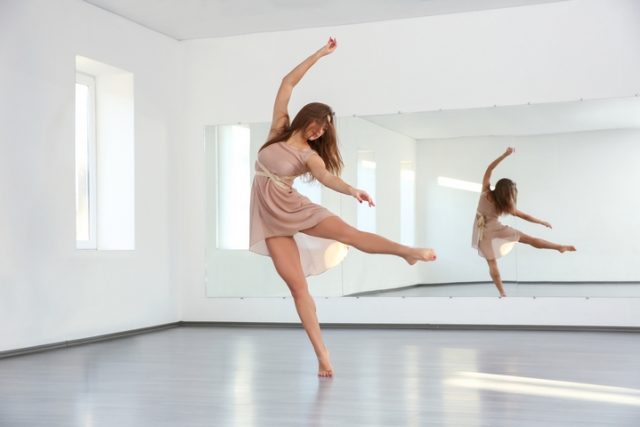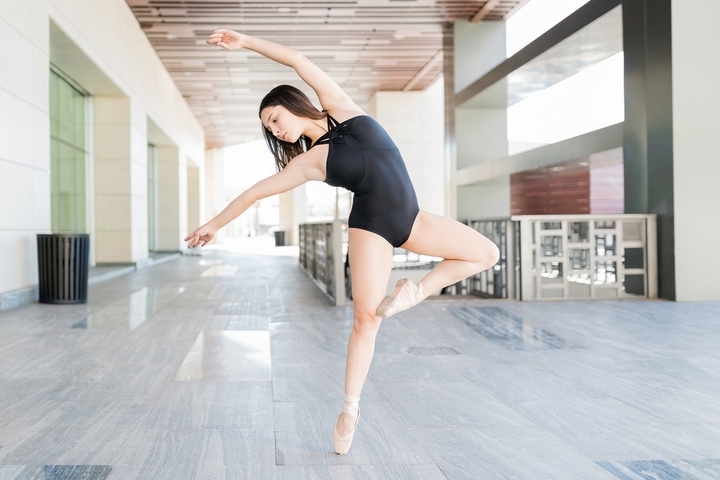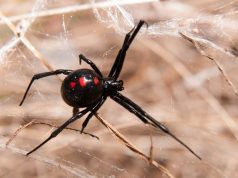
Ballet is an art form considered one of the most graceful yet physically demanding dances loved by many today. Since its origins during the 15th century Italian Renaissance courts, ballet, as we know, has been embraced by many cultures across the world. Its dancing techniques have evolved over the years.
There are six internationally recognized methods used to teach or study ballet. Let’s learn about the six ballet methods and dance techniques you can master:
1. The École Française Ballet Method

Otherwise known as the French Technique, this ballet school was popularized and developed under King Louis XIV’s patronage. He also helped create the Académie Royal de Dance in 1961.
His influence has drastically shaped ballet as this codified technique is considered the foundation of all ballet training, regardless of the different types of methods professional ballet dances train to today.
This method is characterized by precise, graceful movements and clean, elegant lines. It requires fast footwork to give the illusion that performers are romantically drifting across the stage during a performance. You will require lots of practice on portable ballet barres to master this technique.
Music is played more slowly to account for the speed of dance steps. This method’s two dance trademarks are the types of port de bras and the epaulement performed.
2. The Cecchetti Ballet Method

Ballet master Enrico Cecchetti develops this variation of ballet. He is known for founding the Italian Technique between 1850 to 1928. The focus of this school relies heavily on the understanding of anatomy when performing ballet, where each limber movement (neck, arms, torso or legs) contributes equally to the dance. Scheduled routines focus on a particular body part being worked on and alternated every week.
As such, the goal of this method is to master core components such as balance, elevation, ballon, poise and strengths instead of imitating movements of ballet instructors. Those from this ballet school famously perform the eight port de bras.
3. The Vaganova Ballet Method

Recognized as the Russian Technique, this method is characterized by the dramatic soulfulness of Russians, the romantic style of French Ballet and the athletic demands of its Italian origins.
Spearheaded by Agrippina Vaganova, a ballerina, she developed impeccable dance techniques due to her belief that ballet’s arm and leg work performances lend a more holistic expression of art and discipline to the dance form.
Training practices focus on developing lower back strength, flexibility and endurance during ballet performances. This technique highlights precise movements juxtaposed by the softness of clean lines.
4. The Bournonville Ballet Method

This routine was founded by ballet master August Bournonville and is known for practicing the Danish Technique. Heavily influenced by its French roots, this Danish ballet technique and training structure is embodied by preserving the traditional French approach to classical dance.
His ballet interpretation must be seen as more than an expression of joy and romance. Rather, the sum of each performance should move the soul with its techniques, dancers and musical accompaniments.
Techniques are uniquely distinguished by the basic use of arms, diagonal epaulements, pirouettes taken with a low developpe into seconde, and fifth position bras en bas for the beginning and end of movements.
Its effortlessness and dramatic footwork identify a performance. The legs play the role of rhythm and arms, the melody.
5. The Royal Academy of Dance Method

Famously known as the English or RAD technique, this movement is established by dance professionals in London, England.
Considered to be one of the youngest methods, its goal is to promote academic training of classical ballet throughout Great Britain and the Commonwealth. The added examinations were created as a path for older children or young adults who wish to pursue a professional dance career.
Its manifesto lies in the belief that mastery is key and time spent perfecting the foundation of ballet techniques must be achieved before introducing harder dance movements. The academic syllabus emphasizes details when learning the basics with incremental progression from grade to grade.
Their style is influenced by classical ballet, free movements, and predecessor routines (French, Italian, Russian and Danish).
6. The Balanchine Ballet Method

This American Technique was created by George Balanchine, a choreographer and graduate of Russia’s Vaganova Ballet Academy.
Balanchine dances are mostly choreographed in contemporary or neoclassical style, focusing on the dance instead of narratives.
His work was developed at the New York City Ballet, inspired by a Russian ballet and features an unorthodox body positioning. Dancers are often found with flexed hands and feet facing in off-balance positions.
The highlights of this dance school are extreme speeds, deep plie, athletic dance quality and pirouettes en dehors from a lunge in the fourth position with a straight back leg.













